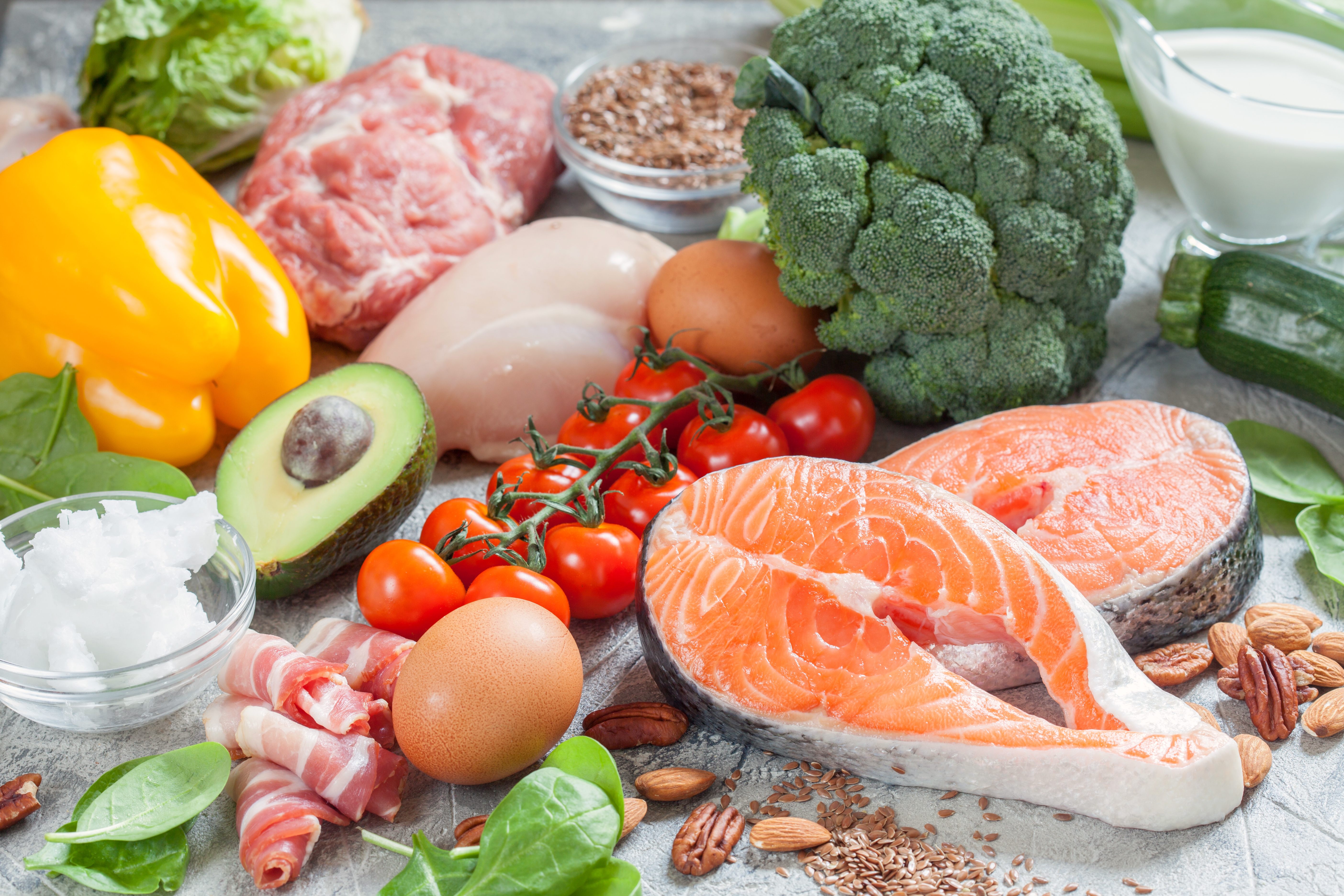I have recently returned from a trip to Taiwan where everyone seemed obsessed by the Keto Diet. For those not familiar, this diet, favoured by celebrities such as Kim Kardashian and Megan Fox, is a high-fat, very low-carb regime.
The idea is that eating minimal amounts of carbs will force your body to burn fat instead by turning fatty acids in your blood into ketone bodies.
The body (and brain) then uses these as fuel instead of glucose from carbohydrates.

So, what is Keto?
Keto is a jazzed-up version of the age-old low-carb, high-fat approach, which was first written about by undertaker William Banting more than 150 years ago.
Banting, who was 5ft 5in and 14st, wrote a booklet entitled Letter On Corpulence, which detailed his attempts to tackle his obesity by eating a low-carb diet (though he didn’t call it that). He gave up sugar, potatoes, beer and bread and instead stuck largely to meat, greens, fruits and dry wine. He lost 3st in a year, and his book became a bestseller.
And so the low-carb diet was born, popping up in a host of variations throughout history (the Atkins Diet, for example). They are not greeted with much enthusiasm by doctors or dieticians as you have to eat a lot of fat. Clinical trials, however, consistently show that low-carb diets are effective for weight loss, over and above low-fat diets.
Are all carbs bad?
But not all carbs are created equal; just as there are good fats and bad fats, there are good carbs and bad carbs. The trick is not to cut carbs completely, but rather to be choosy about the ones you regularly eat. If you want to try going lower-carb then white bread, white pasta, potatoes and sugars, including maple syrup and agave nectar, are best eaten sparingly, if at all. They are easily digestible carbohydrates, meaning they are rapidly absorbed by the body, creating a big spike in your blood-sugar levels.
Instead, eat carbohydrates that contain lots of fibre. Fibre reduces the blood sugar spike, provides protection against bowel cancer and feeds the ‘good’ bacteria that live in your guts. Examples include vegetables, legumes – chickpeas and lentils – and wholegrains such as barley, oats, buckwheat, and wholegrain and rye.
A sensible approach to a low-carb diet has been developed and tested by Dr David Unwin, a GP in Southport, who tweets as @lowcarbGP.
David, winner of the NHS Innovator of the Year award, recommends his overweight patients try to cut out sugar and cut down on white (easily digestible) carbs such as bread, pasta and rice. He recommends eating plenty of blueberries, strawberries and raspberries, which are relatively low in fruit sugar, and green vegetables, protein, butter, full-fat yogurt and olive oil to retain fullness.
In a recently published study, patients following his advice lost almost 1½st on average, and 6in around the waist. There were big improvements in blood pressure and cholesterol levels too, and many of those with type 2 diabetes were able to come off medication. His GP practice is now saving more than £38,000 a year on its diabetes drug budget alone. Not bad for a ‘fad’ diet…
Second-day pasta can keep off the pounds
One way to reduce blood-sugar spikes after you eat carbs such as pasta, potatoes or rice is to cook, cool and then reheat them. This was first shown a few years ago when Dr Denise Robertson, of the University of Surrey, asked volunteers who had fasted overnight, to eat pasta with a tomato sauce for breakfast for an experiment.
The volunteers either got the pasta hot, cold and or reheated. She discovered that cooking, cooling and reheating the pasta had a dramatic effect, cutting the average rise in their blood sugar levels by 50 per cent. That’s because it changes the structure of the starch in the pasta, making it more resistant to digestive enzymes, so you get smaller blood-sugar spikes. Less of this ‘resistant’ starch is digested, leaving more to travel down and feed the ‘good’ bacteria in the large intestine.
Since that experiment, a group in Sri Lanka have done something similar with rice. They found that if they cooked rice with coconut oil, cooled it, then reheated it in a microwave, they could increase the levels of resistant starch 15-fold. Animal experiments suggest eating rice this way halves the number of calories you absorb. At the very least it is a good excuse to use up leftover pasta or rice in the fridge.
